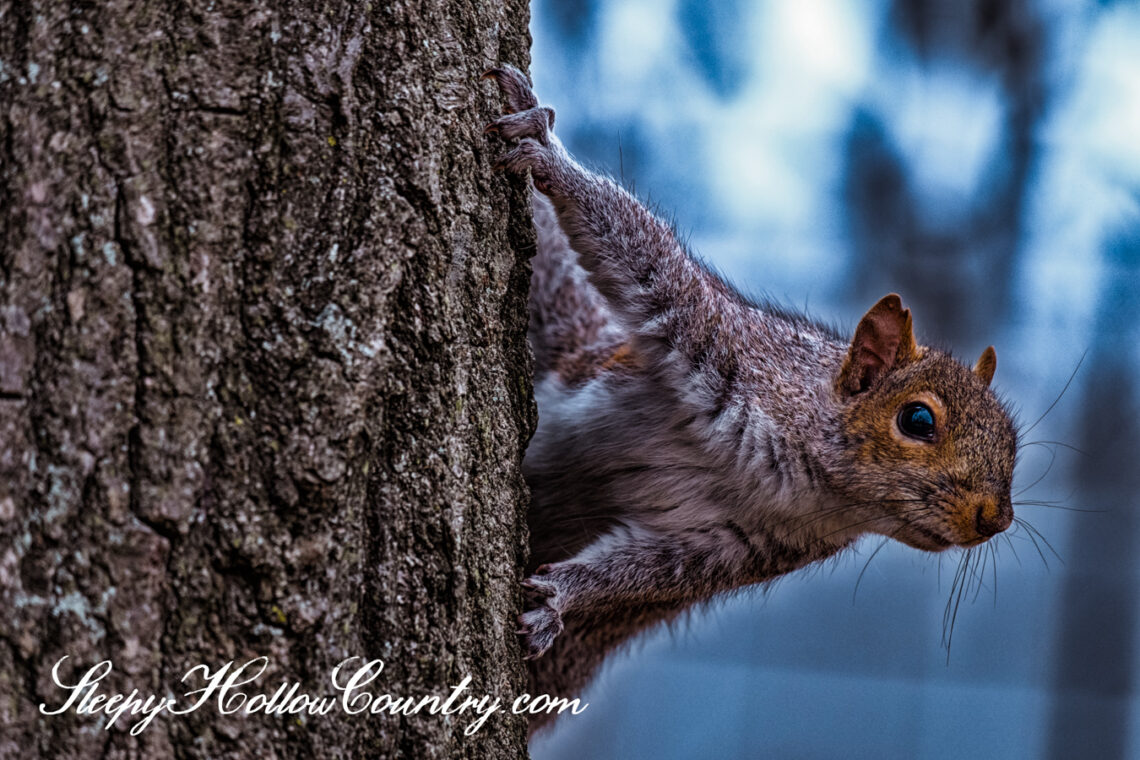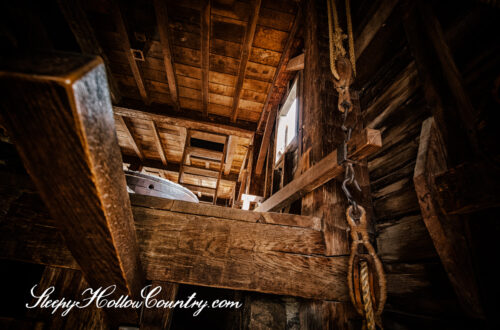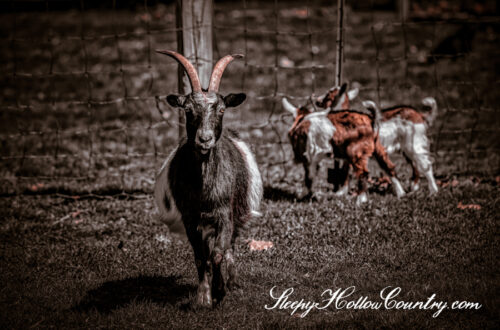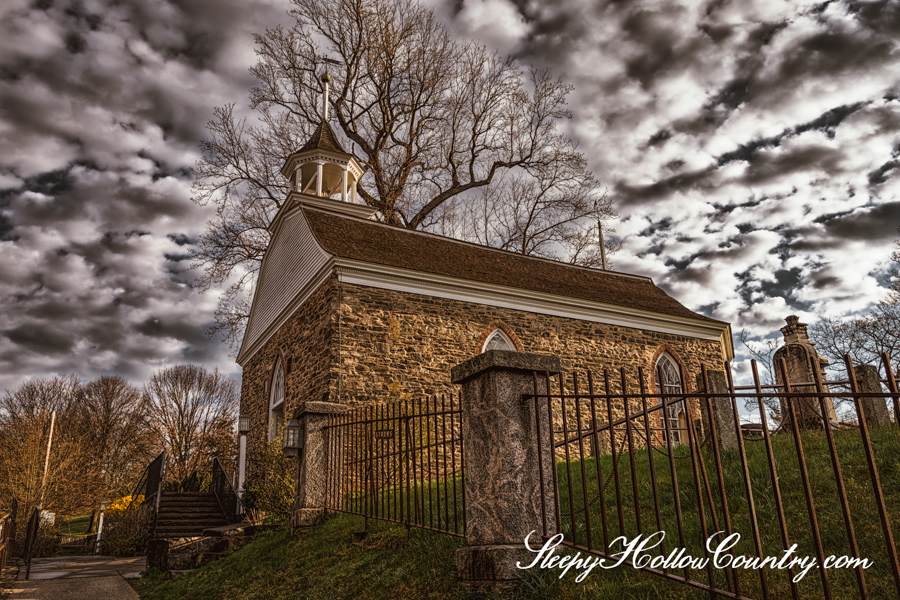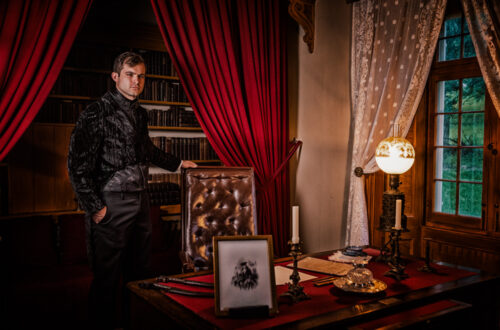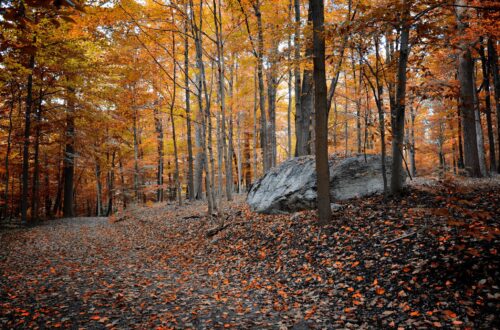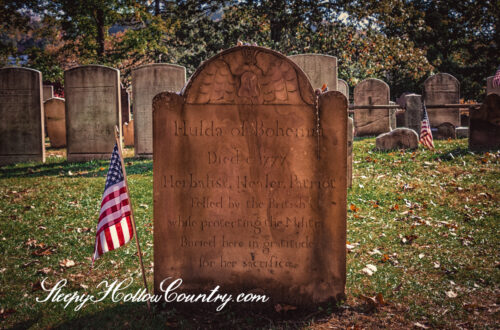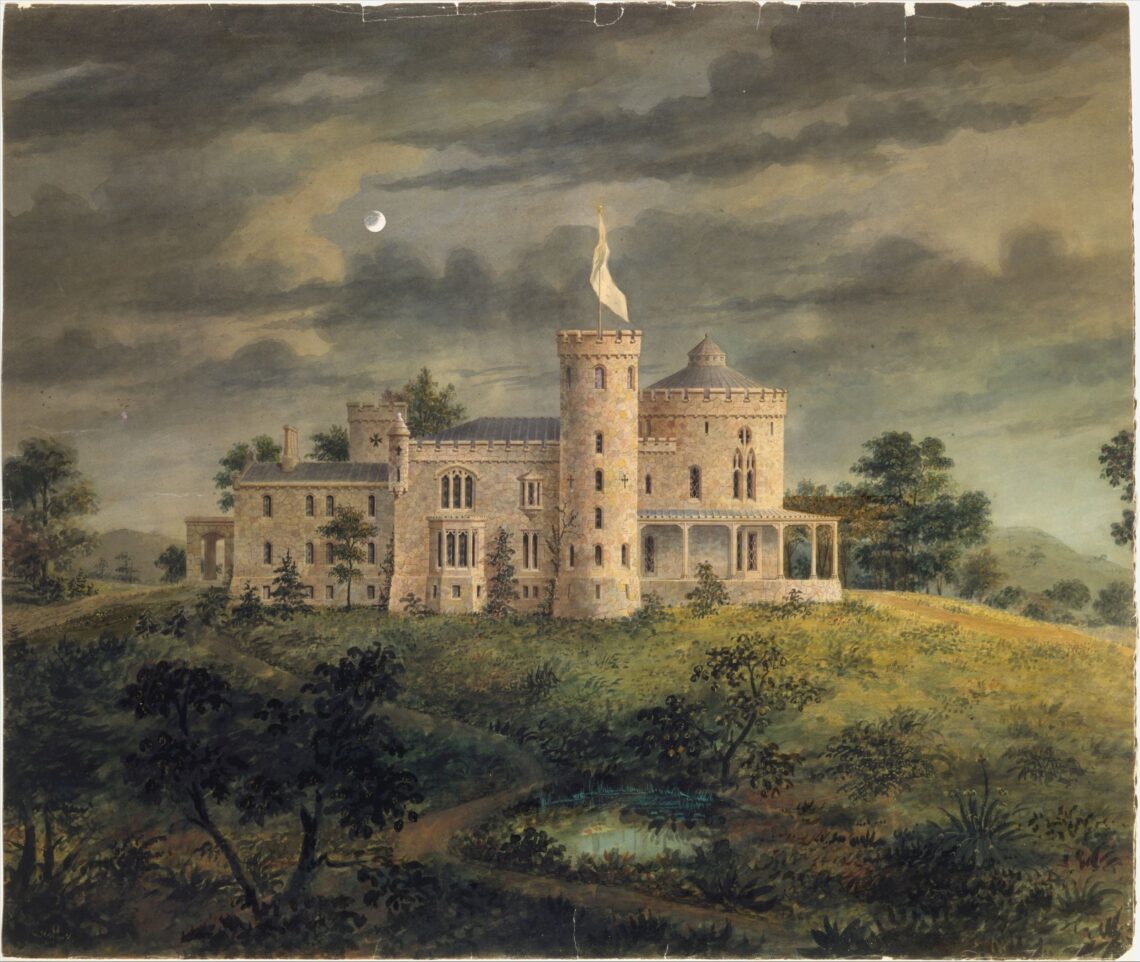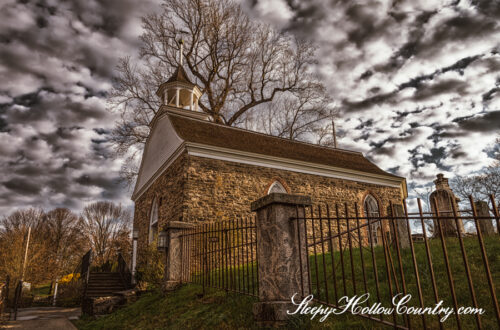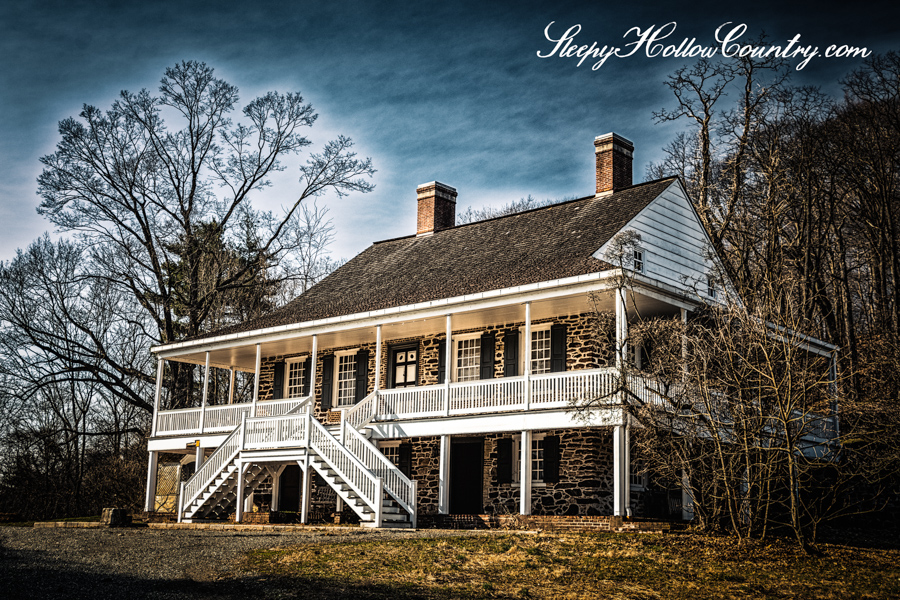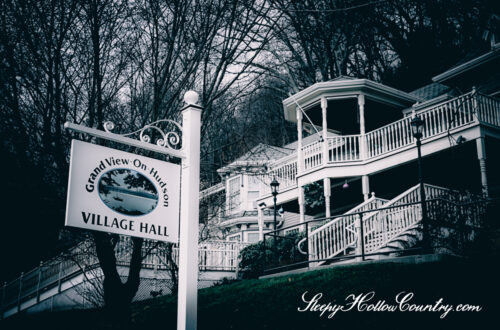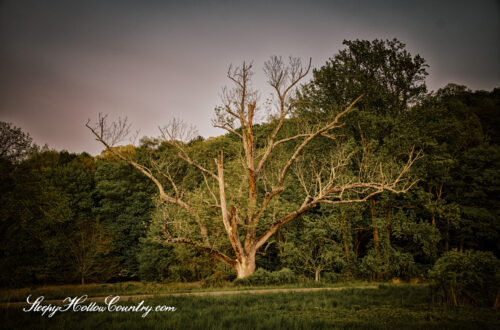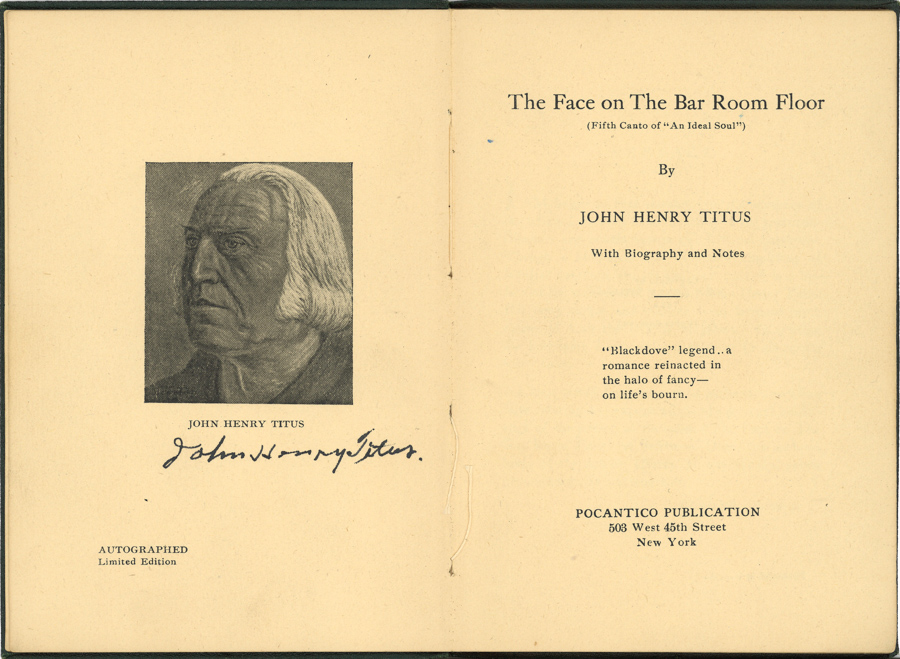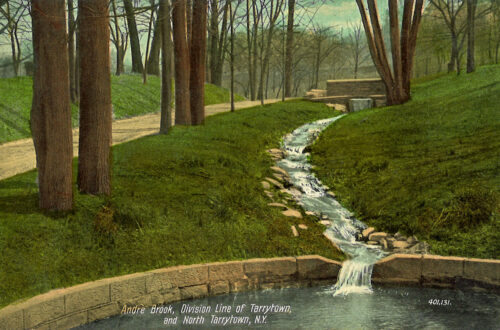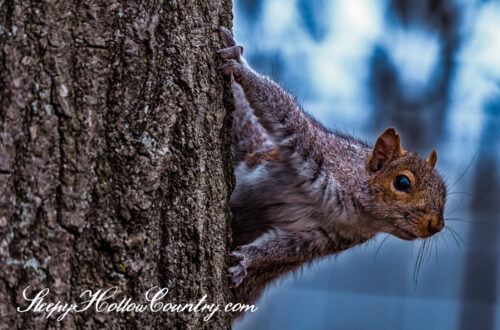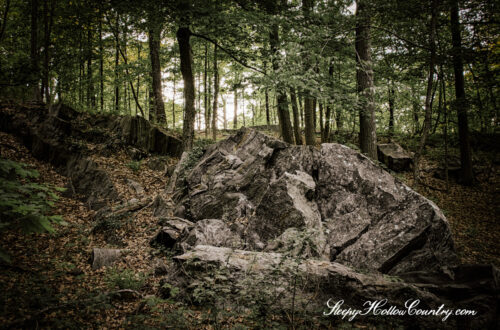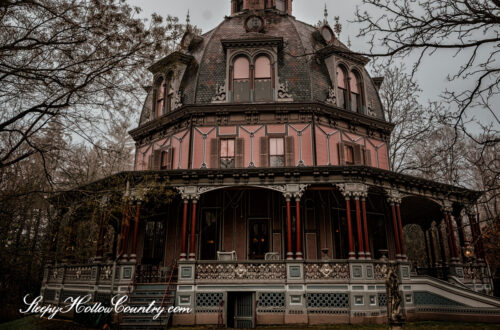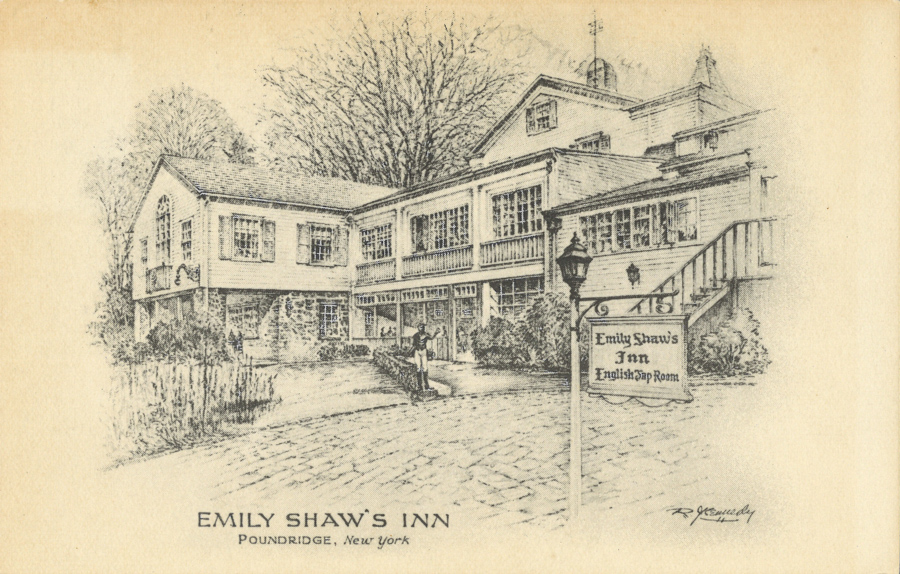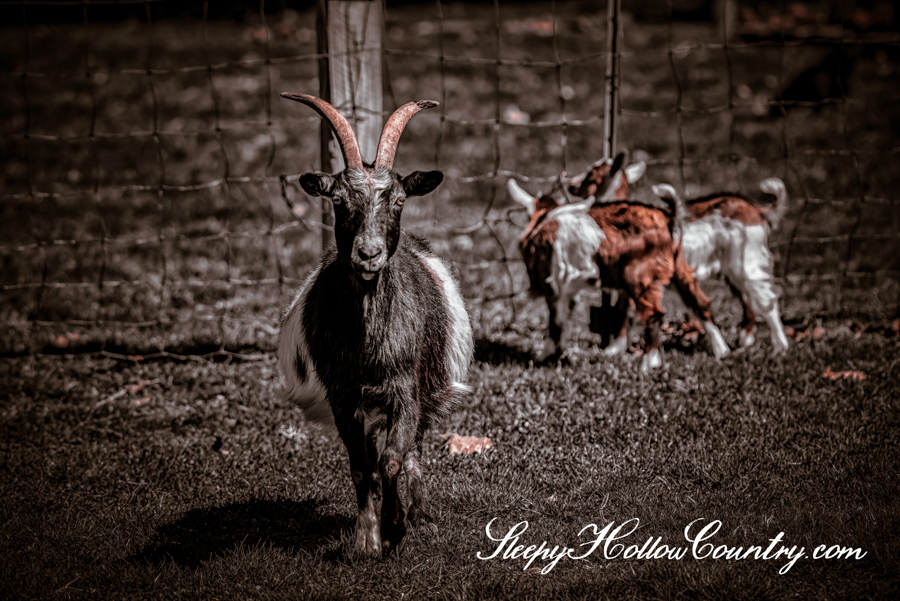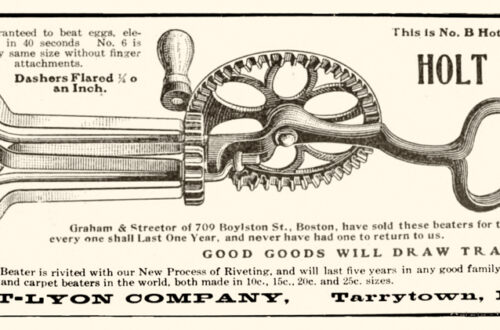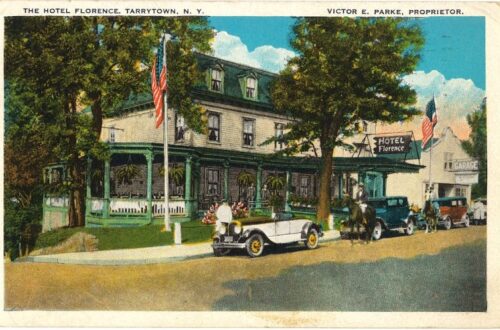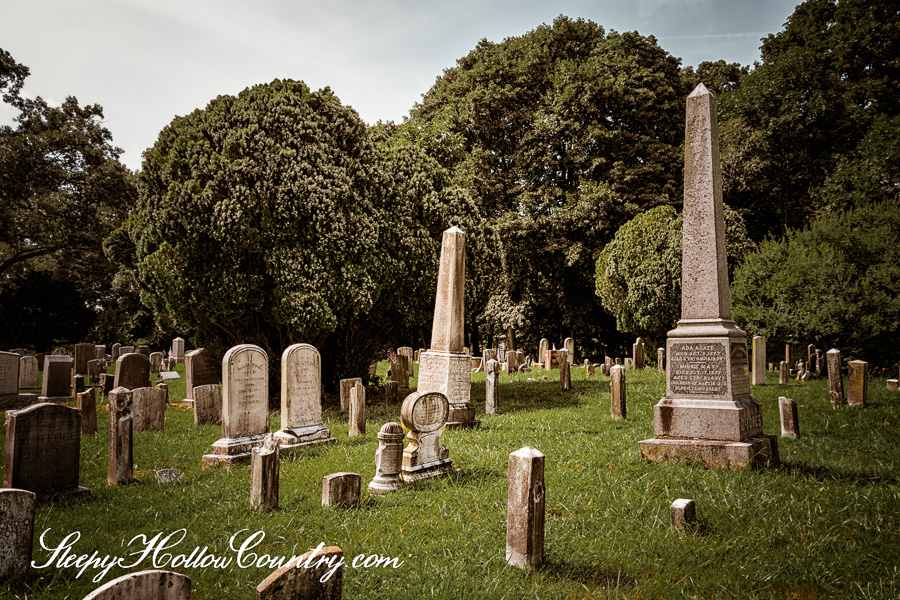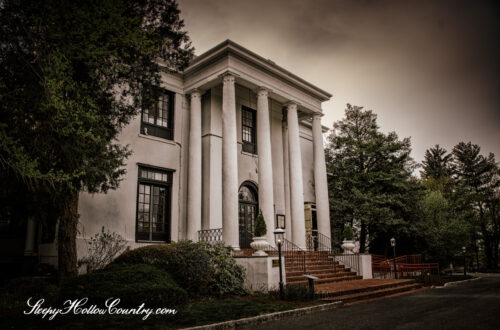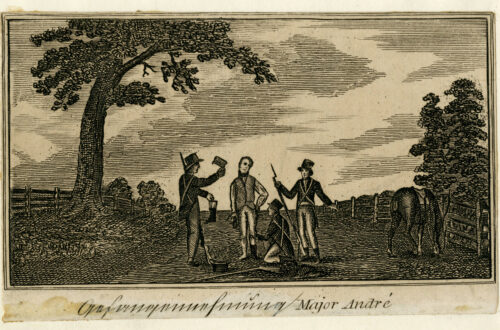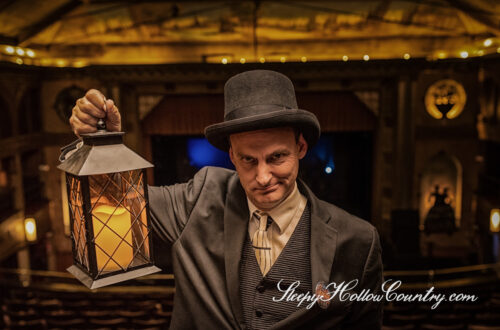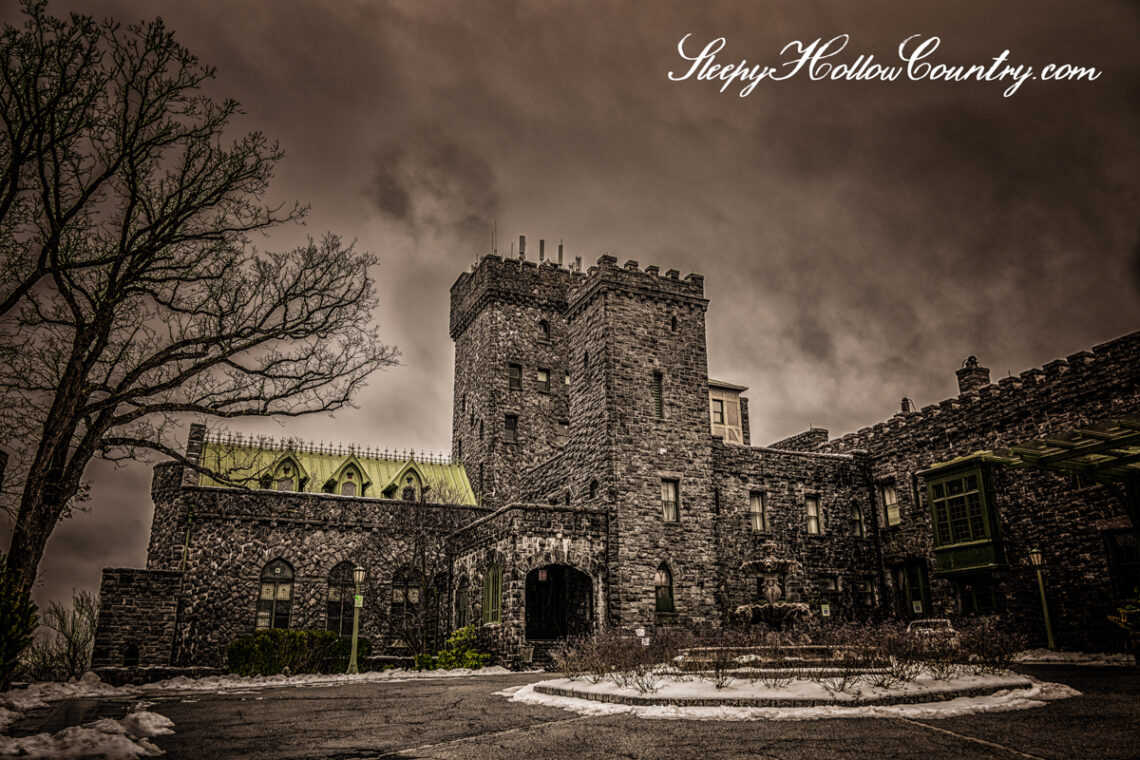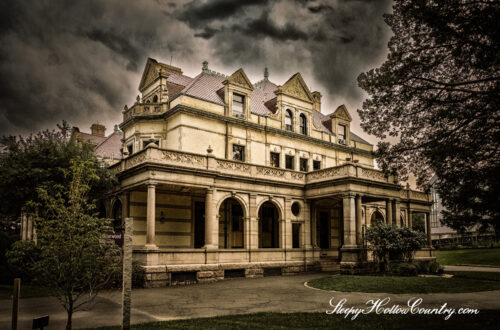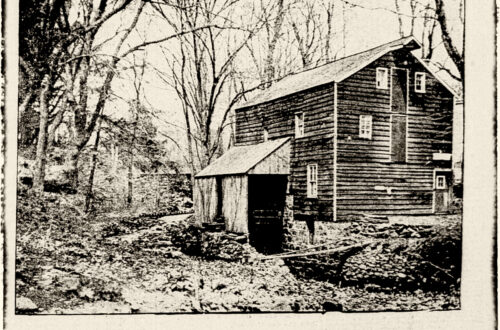-
Those Wild and Crazy Tarrytown Squirrels
Here in the pages of Sleepy Hollow Country we live and breathe the odd and unexplained. Today we tender a few offbeat stories on rather unusual behavior by a bunch of Tarrytown squirrels. Before we start it is only fair to point out our little furry friends aren’t the only critters to exhibit outlandish behavior in these parts. Goats, chickens, and even mosquitoes have had their moments. A student of literature, however, may recall a line from “The Legend of Sleepy Hollow” that suggests it is the human residents of the hollow who have a propensity to see marvelous visions: “They are given to all kinds of marvelous beliefs; are…
-
The Old Dutch Church of Sleepy Hollow
Situated in the village of Sleepy Hollow, New York, the Old Dutch Church stands as a landmark of significant historical and cultural importance. As one of the oldest churches in the state, its timeworn stone walls and enduring architectural design have borne witness to centuries of change. Beyond its historical relevance, the church holds a unique place in American folklore as the very church and churchyard featured in Washington Irving’s renowned short story, “The Legend of Sleepy Hollow.” This connection has solidified its status as both a historical monument and a symbol of the region’s rich narrative heritage. Early History of the Old Dutch Church of Sleepy Hollow The precise age of…
-
Ericstan: The Lost Castle of Tarrytown
Once upon a time, in Sleepy Hollow Country, there were not one, but four impressive stone “castles” in the region. Two of these are still in the landscape today: Carrollcliff and Lyndhurst. The remaining two are no longer standing and lost to time. One had featured prominently, overlooking the village of Tarrytown, with towers and wisteria-covered walls that commanded one of the best views of the Hudson River. This lost castle was Ericstan. Architect Alexander Jackson Davis was busy designing and building residences in the Sleepy Hollow region in the early 19th century. He was an artistic acquaintance of George Harvey, the artist who designed Sunnyside for Washington Irving, and…
-
Van Cortlandt Manor
Just above the Philipsburg Manor’s northern boundary, at the junction of the Croton and Hudson Rivers, is another local representation of the early Dutch colonial period: Van Cortlandt Manor. The Van Cortlandt family established this massive 86,000-acre estate that was bounded to the west by the Hudson River, to the east by the borders of Connecticut, and stretching to the north 10 miles. Today, it is a National Historic Landmark with various architecturally significant buildings and landscapes. First Lord of Van Cortlandt Manor Stephanus Van Cortlandt was well-known historically as the first American-born, Dutch Mayor of New York City in the 17th century. His youngest sister’s second husband was Frederick…
-
The Bard of Tarrytown
The Bard of Tarrytown. The Poet of the Pines. The Tanyard Poet. The World’s Most Gifted Seer, Palmist and Medium. These were just some of the professional titles used by the tireless and shameless self-promoter John Henry Titus throughout his long life. He missed the chance to apply even more apt titles to himself: Spinner of Yarns, Teller of Tall Tales, Purveyor of Pablum. Hold on as we explore the life of John Henry Titus through a trail of newspaper advertisements, news articles, and self published books. Here in Sleepy Hollow Country we are all too familiar with out-of-towners sweeping in to school us simple, unsophisticated yokels. A fellow named…
-
The Man, The Myth, The Legend: Washington Irving. Part 2: A Traveling Literary Lawyer
“To me the Hudson is full of storied associations, connected as it is with some of the happiest portions of my life. Each striking feature brings to mind some early adventure or enjoyment; some favorite companion who shared it with me; some fair object, perchance, of youthful admiration, who, like a star, may have beamed her allotted time and passed away.” Washington Irving, The Life and Letters of Washington Irving, by his nephew Pierre Irving, 1869. At the age of fifteen and the end of his education, young Washington Irving did not follow an academic path to Columbia College like some of his brothers. Education was a “drudgery” to Irving,…
-
The Ghosts of Emily Shaw’s Inn
Emily Shaw’s Inn, once a popular restaurant, was located just 20 miles from Sleepy Hollow as the raven flies. Generations of Westchester County residents celebrated holidays and special occasions over the more than four decades Emily and her son John operated the venerable Pound Ridge establishment. The original part of the building was built as a residence around 1833, attributed to Alsop Hunt Lockwood. Eventually it served as a boarding house known as Dexter Lodge. By the early 1900s the population of this part of the county dropped precipitously as farming in the area fell into steep decline. By the 1930s the building, like many of its neighbors, was rundown…
-
The Obstreperous Tarrytown Goats
In fairness to goats everywhere, Tarrytown goats are not unique in their obstreperousness. They are an unruly animal across the board. However, here in Sleepy Hollow Country we have more than our share of oddities, and our goats are no exception. Make that past tense. At the time of writing, Tarrytown and Sleepy Hollow restrict livestock within village limits. Here are three of our favorite tales of Tarrytown goats. Tarrytown Goat Sets Monetary Policy In the late 1800s the United States Congress hotly debated changes to monetary policy. At issue in the “money question” of the day was whether to base American currency on gold or on silver. Further, there…
-
Sparta Cemetery
Sparta Cemetery, located in Ossining, New York, is a small yet historically significant burial ground that dates back to the early 18th century. It reflects the rich history and development of the region, offering insights into the lives of the people who lived in and around Ossining. Early History and Establishment The origins of Sparta Cemetery can be traced to the early 1700s, making it one of the oldest cemeteries in Westchester County. The land it occupies was once part of Philipsburg Manor, a colonial landholding of about 52,000 acres. Sparta was one of the earlier communities established in the area, and the cemetery served as the final resting place…
-
The Last Tarrytown Castle
Carrollcliffe, standing at one of the highest points in the village, is the last surviving Tarrytown castle. There were once two castles here. Or maybe four depending on who you ask and how you choose to define a castle. Just north was Ericstan, a castellated villa by Alexander Jackson Davis that was demolished in 1944. To the west was Edgemont, the painted brick home of Julian Detmer, with decorative crenelations in the style of a castle. To the south is Lyndhurst, which is occasionally described as a castle although it is more accurately a Gothic Revival mansion. Carrollcliffe was constructed by Howard Carroll, Inspector General of New York state’s troops in…
